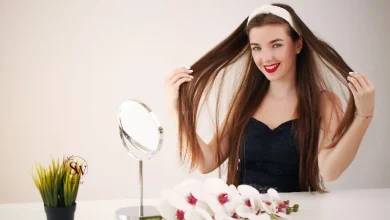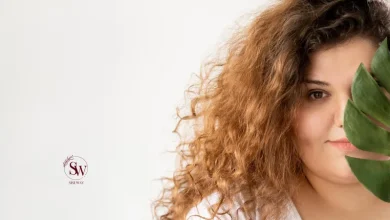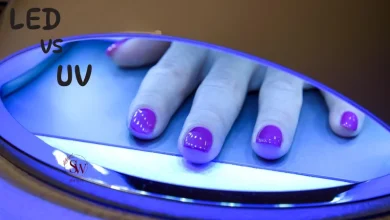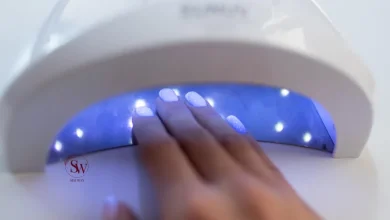What Is Keratin Treatment?

In the world of hair care, one term that has gained significant traction in recent years is “keratin treatment.” From glossy magazine pages to bustling salon conversations, the buzz around this hair-transforming procedure seems to be everywhere. But what exactly is keratin treatment, and how does it work? In this comprehensive guide, we delve deep into the science behind keratin treatment, its benefits, potential drawbacks, and everything you need to know before booking your next salon appointment.
What Does Keratin Do for Hair?
Keratin treatment, also known as Brazilian keratin treatment or keratin hair straightening, is a popular salon procedure aimed at transforming frizzy, unruly hair into smooth, shiny locks. At its core, keratin treatment involves applying a keratin-rich solution to the hair, which is then sealed in using heat, typically a flat iron. The process aims to replenish lost keratin, the protein that makes up the structure of hair, resulting in smoother, more manageable strands.
What is Keratin?
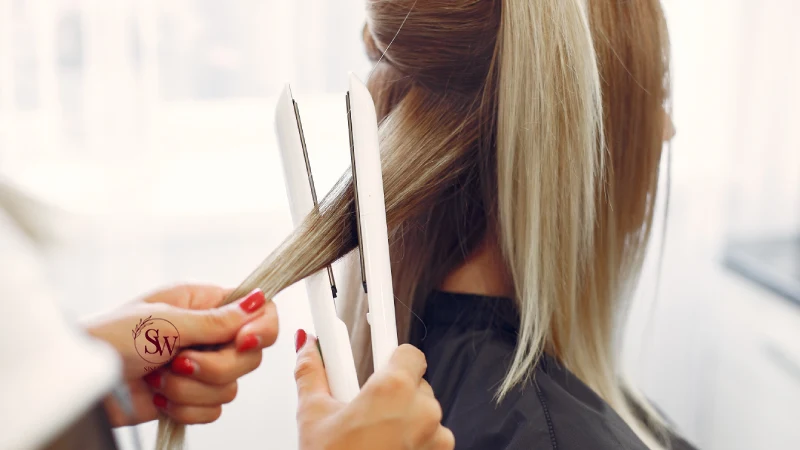
At the heart of keratin treatment lies the fundamental understanding of what keratin is. Keratin is a fibrous protein that serves as the building block of hair, skin, and nails. It forms a protective layer around the hair shaft, known as the cuticle, shielding it from damage and environmental stressors. This naturally occurring protein plays a crucial role in maintaining the strength, elasticity, and overall health of the hair. However, factors such as heat styling, chemical treatments, and environmental exposure can deplete the hair’s natural keratin levels, leading to dryness, frizz, and breakage. Keratin treatment aims to replenish these lost proteins, restoring the hair’s strength, smoothness, and shine. By understanding the role of keratin in hair health, we gain insight into the transformative power of keratin treatment and its ability to rejuvenate and revitalize even the most damaged strands.
Keratin treatment works by infusing the hair with a concentrated dose of keratin, along with other conditioning agents and polymers. The formula penetrates the hair shaft, filling in gaps and rough spots along the cuticle. Once applied, heat from the flat iron helps to seal the keratin into the hair, creating a smooth, sleek surface. The result is hair that appears healthier, shinier, and more manageable.
Benefits of Keratin Treatment
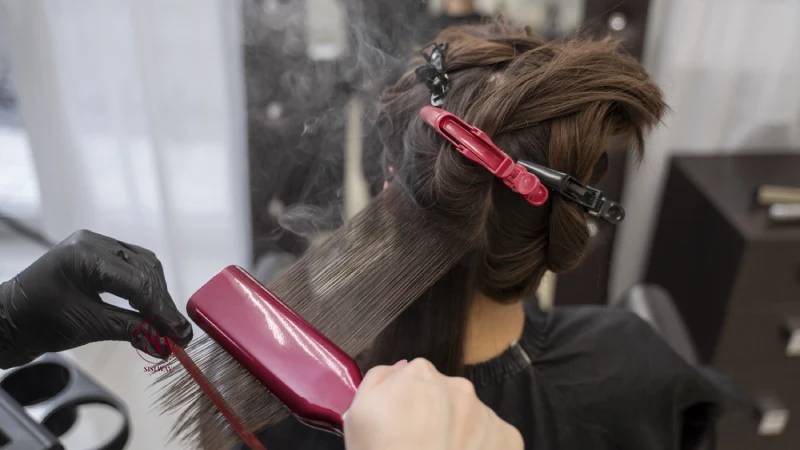
- Smoother, Frizz-Free Hair: One of the most significant benefits of keratin treatment is its ability to tame frizz and flyaways, leaving the hair sleek and smooth.
- Enhanced Manageability: Keratin-treated hair is easier to style and requires less time and effort to maintain, making it a popular choice for busy individuals.
- Long-Lasting Results: With proper care, keratin treatment can provide long-lasting results, lasting anywhere from two to six months, depending on the individual’s hair type and maintenance routine.
- Versatility: Keratin treatment is suitable for all hair types, from straight to curly, making it a versatile option for individuals looking to improve the condition of their hair.
Drawbacks and Considerations
While keratin treatment offers numerous benefits, it’s essential to consider some potential drawbacks and precautions before undergoing the procedure:
- Formaldehyde Content: Some keratin treatments contain formaldehyde or formaldehyde-releasing agents, which are used to help bond the keratin to the hair. Formaldehyde is a known irritant and potential carcinogen, so it’s crucial to choose a treatment that is formaldehyde-free or low in formaldehyde content.
- Cost: Keratin treatment can be expensive, with prices varying depending on the salon and the length of the hair. Additionally, since the results are not permanent, ongoing treatments may be necessary to maintain the desired look.
- Time Investment: The process of keratin treatment can be time-consuming, often taking several hours to complete, depending on the length and thickness of the hair.
- Maintenance: To prolong the results of keratin treatment, it’s essential to use sulfate-free shampoos and conditioners and avoid excessive heat styling and harsh chemicals.
Does Keratin Treatment Damage Hair?
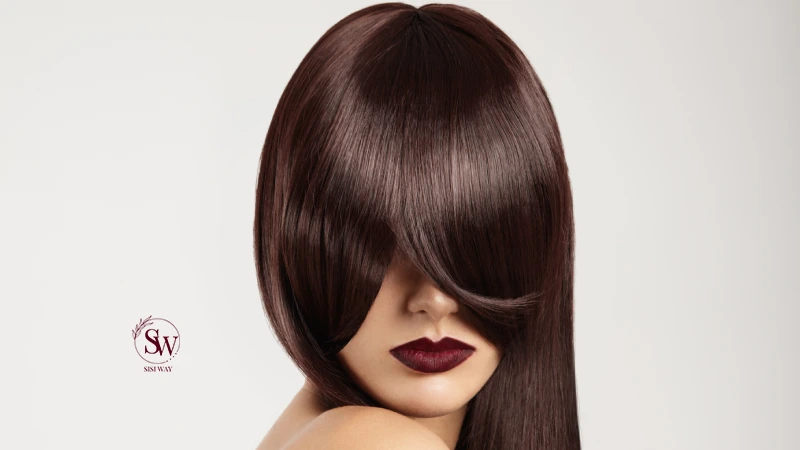
One concern that often arises regarding keratin treatment is whether it can damage the hair. While keratin treatment itself is designed to improve the condition of the hair by replenishing lost keratin and smoothing the cuticle, certain factors can potentially lead to damage if not handled properly. For instance, some keratin treatments contain formaldehyde or formaldehyde-releasing agents, which can be harsh on the hair and scalp if used in high concentrations or if proper precautions are not taken during application. Additionally, excessive heat from flat irons used during the sealing process can cause heat damage if not applied correctly or if the temperature is too high. However, when performed by a skilled professional using quality products and techniques, keratin treatment is generally considered safe and effective for most individuals. It’s essential to consult with a licensed stylist and discuss any concerns or pre-existing hair conditions before undergoing keratin treatment to minimize the risk of damage and achieve the best possible results.
Does Keratin Help Hair Growth?
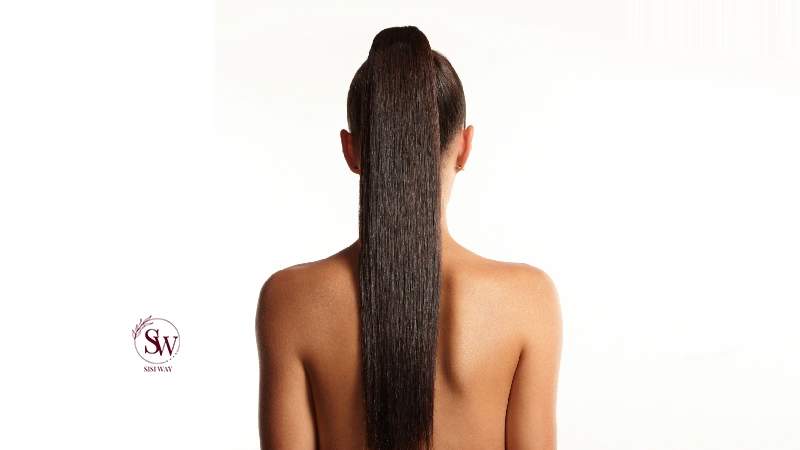
While keratin treatment primarily focuses on improving the condition and appearance of existing hair, there is limited evidence to suggest that it directly stimulates hair growth. Keratin itself is a structural protein that contributes to the strength and integrity of the hair shaft, but it does not have the ability to promote new hair growth. However, by restoring the health of the hair and reducing breakage and split ends, keratin treatment may indirectly support the appearance of fuller, healthier-looking hair. Additionally, some keratin-infused hair care products claim to nourish the scalp and promote a healthy environment for hair growth, but their efficacy in stimulating hair growth remains inconclusive. It’s important to manage expectations regarding the effects of keratin treatment on hair growth and consult with a healthcare professional for personalized advice on addressing hair loss or promoting hair growth.
FAQs (Frequently Asked Questions):
- How long does keratin treatment last?
The longevity of keratin treatment can vary depending on factors such as hair type, maintenance routine, and the specific product used. On average, keratin treatment can last anywhere from two to six months. - Can I wash my hair after keratin treatment?
Most salons recommend waiting at least 72 hours before washing your hair after keratin treatment to allow the formula to fully set. After that, it’s essential to use sulfate-free shampoos and conditioners to maintain the results. - Is keratin treatment suitable for all hair types?
Yes, keratin treatment is suitable for all hair types, including straight, wavy, curly, and coily textures. However, individuals with severely damaged or chemically processed hair may need to consult with a professional stylist before undergoing the treatment. - Can I color my hair after keratin treatment?
It’s generally recommended to color your hair before undergoing keratin treatment, as the chemicals in hair dye can strip away the keratin and affect the results. However, if you wish to color your hair after keratin treatment, it’s best to wait at least two weeks to allow the formula to fully set.
Conclusion
Keratin treatment offers a promising solution for those looking to achieve smoother, more manageable hair. By replenishing lost keratin and sealing it into the hair shaft, this salon procedure can transform frizzy, unruly locks into sleek, shiny strands. However, it’s essential to weigh the benefits against potential drawbacks and take proper precautions to ensure a safe and successful experience. With the right care and maintenance, keratin treatment can be a game-changer for your hair care routine, leaving you with beautiful, healthy-looking locks for months to come.
